The Algorithm Ate My Brand Strategy: How to Stay Seen Without Losing It
- PAG

- Apr 8
- 3 min read
Updated: Apr 11

In 2025, the digital landscape is basically a roulette wheel. What worked on Tuesday tanks by Friday. One week it’s 7-second videos with robotic voiceovers, the next it’s slow, moody carousels with ambient soundtracks. Platforms don’t reward consistency—they reward adaptation. And that’s the trap.
Brands—especially smaller ones—are constantly shape-shifting, chasing reach, mimicking whatever’s trending, and speaking in a tone that doesn’t even feel like theirs. The result? One big STRATEGY MELT! and we really don't want that. The quest for visibility can lead to constant shifts in content strategies, resulting in a diluted brand identity or the name we like better: strategy melt.
However, some brands have chosen a different path: steadfast consistency. By maintaining a clear and unwavering brand strategy, they’ve not only weathered the algorithmic storms but have also cultivated deep, lasting connections with their audiences.
And guess what? It’s working.
Let’s explore some brands that have refused to shapeshift, but still are making us look.
User-Generated Consistency: Glossier
Strategy: Let your community be your content—but keep the tone crystal clear.
Glossier built its social presence around UGC, but everything still feels unmistakably Glossier. Their grid is filled with real people using the product, minimal edits, and clean captions that reflect their relaxed, intimate brand tone. It’s not about shouting—it’s about reinforcing that this is your beauty brand.
Why it works: They curate their UGC to fit the brand, not the algorithm. It still feels editorial.
Mood-Driven Micro-Moments: Vacation®
Strategy: Build a world so strong, the product is almost secondary.
Vacation® (yes, the sunscreen brand) runs one of the most consistent, hilarious, and visually immersive accounts on the internet. Every post is an extension of its 1980s Miami poolside fantasy world—whether it’s a fake ad, a product feature, or a janky jingle.
Why it works: They don’t just sell SPF—they sell a lifestyle parody. And it’s impeccably done. If your vibe is strong enough, people will buy into the brand before they buy the product.
Narrative-Led via PR Moments: Jacquemus
Strategy: Turn every drop into a cinematic event. Literally.
Jacquemus doesn’t post every day. Sometimes not even every week. But when they do, it’s a moment. A giant pink bag in the middle of Paris. A beachside fashion show. A surreal photo with no caption. It’s fashion PR as high art—and their social channels act more like a gallery than a feed.
Why it works: Scarcity + bold visuals + mystery = retention. You don’t have to be frequent to be unforgettable.
Fact-Forward Strategy: Oatly
Strategy: Treat social like a platform for radical transparency and chaos logic.
Oatly uses their social posts to talk ingredients, sustainability data, even corporate screw-ups—and somehow makes it fun. It’s marketing that reads like someone in accounting took over and started making memes.
Why it works: They’ve turned boring info into a brand language. If you have facts, own them. Make them part of the show.
Visual ASMR: Ghia
Strategy: Create content that’s so beautifully quiet, it makes people stop scrolling.
Non-alcoholic aperitif brand Ghia keeps a dreamy, 70s Mediterranean vibe across every single post. Motion is slow. Light is golden. Fonts are warm. Even their stories feel like a short film you’d watch while sipping something fancy.
In a world where every scroll screams for your attention, the real flex isn’t virality—it’s vision. The brands we’ve covered aren’t winning because they cracked the algorithm. They’re winning because they didn’t let it rewrite their story. Whether it’s through deadpan captions, cinematic worlds, or just showing up exactly the same way, every single time—they’ve made the feed bend to them.
So maybe that’s the real lesson: consistency isn’t boring—it’s brave. Especially when the pressure is to shapeshift. The future of branding doesn’t belong to the loudest or the most optimized. It belongs to the brands that know who they are, say it clearly, and keep saying it—even when the algorithm tells them to speak another language.
Thank you for spending time at the Trend Desk




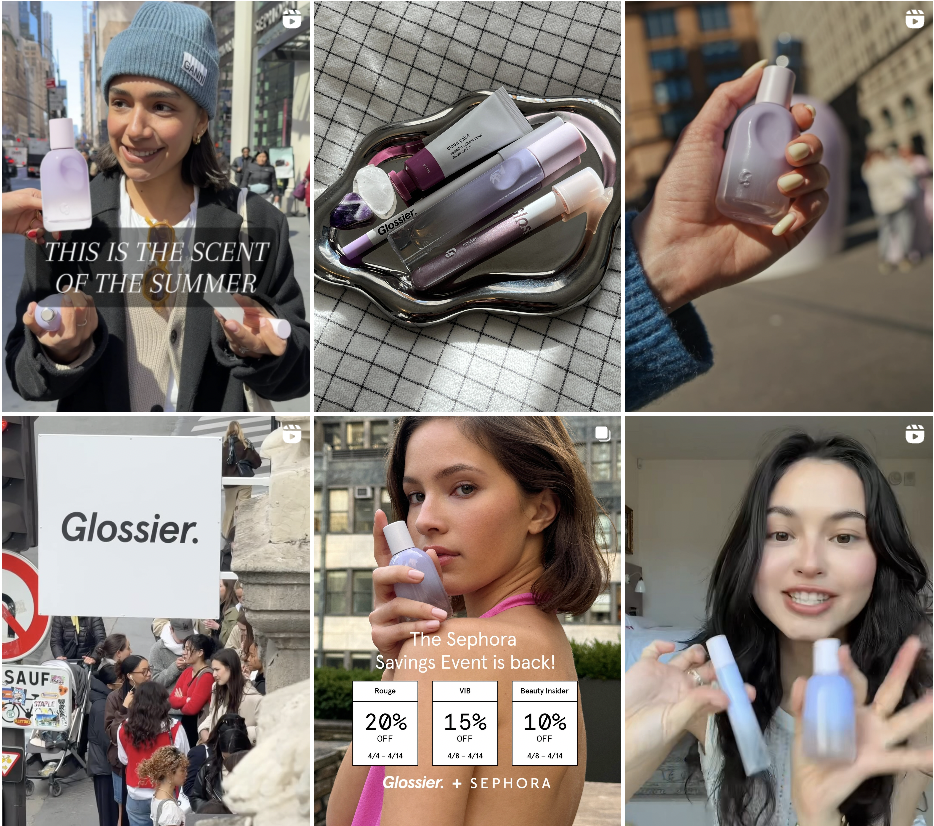





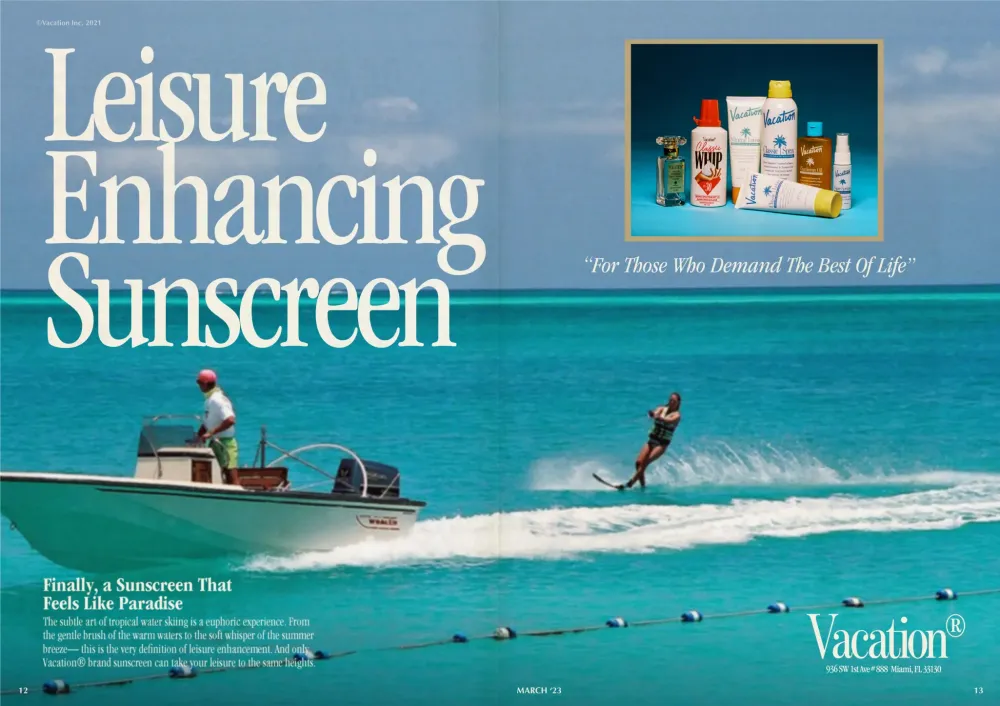






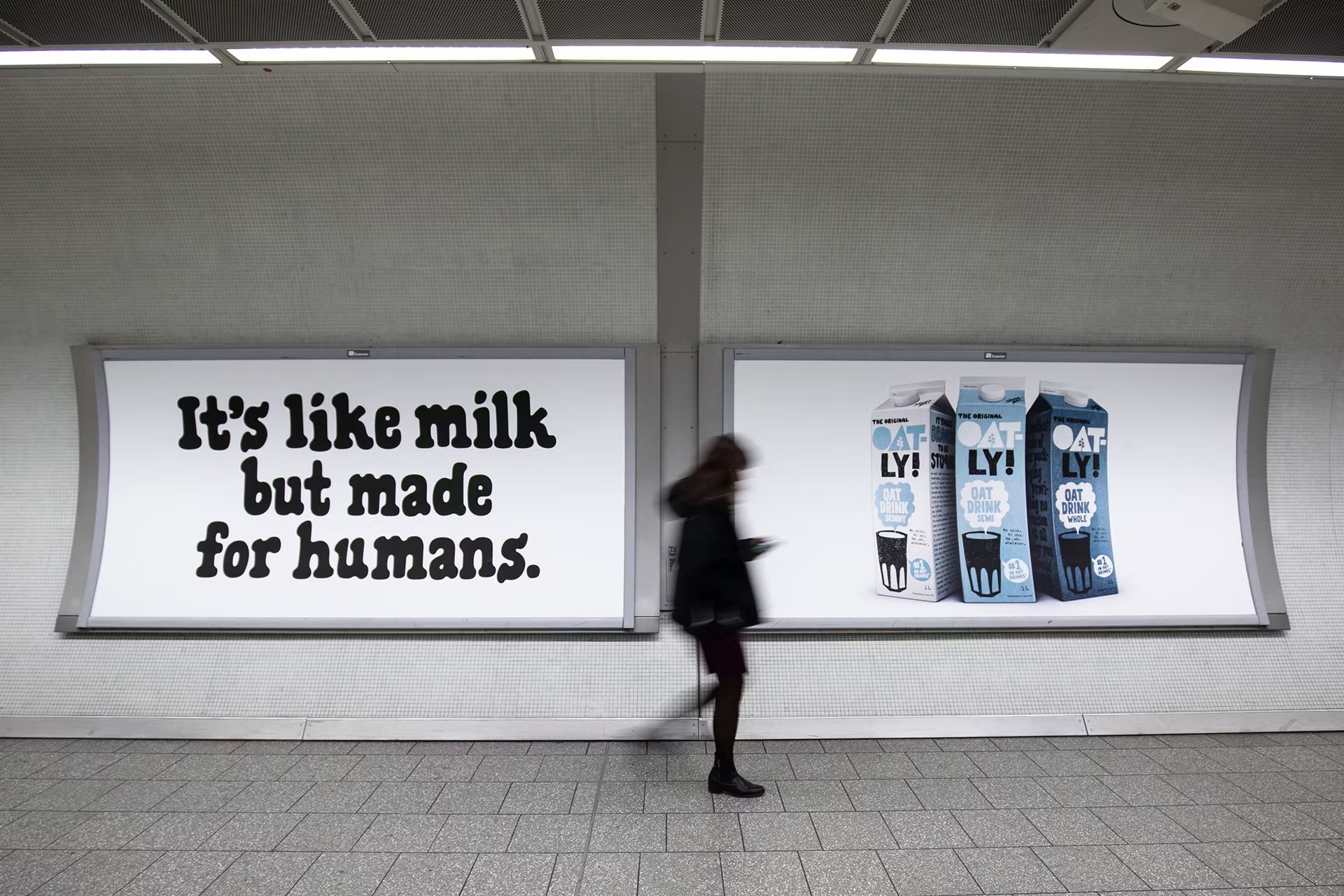

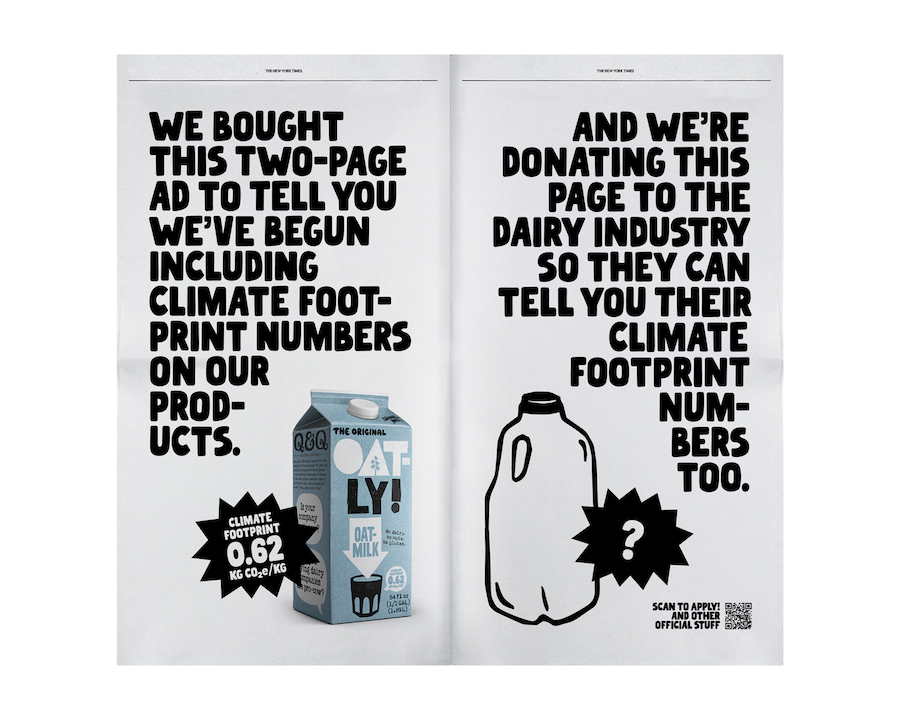

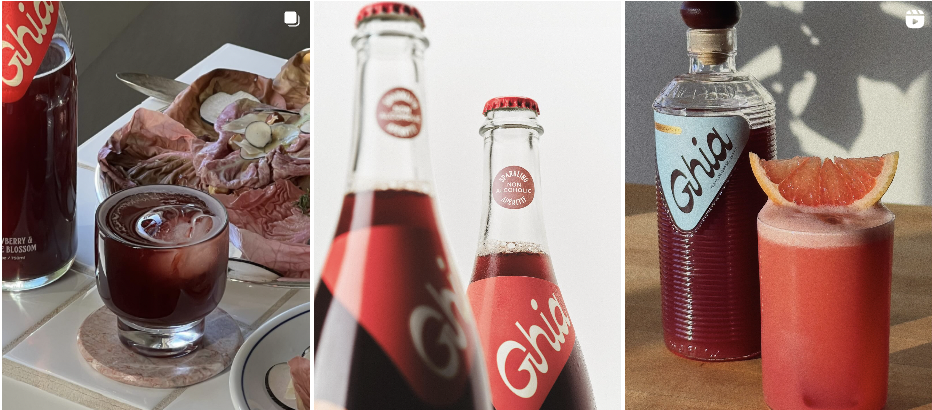

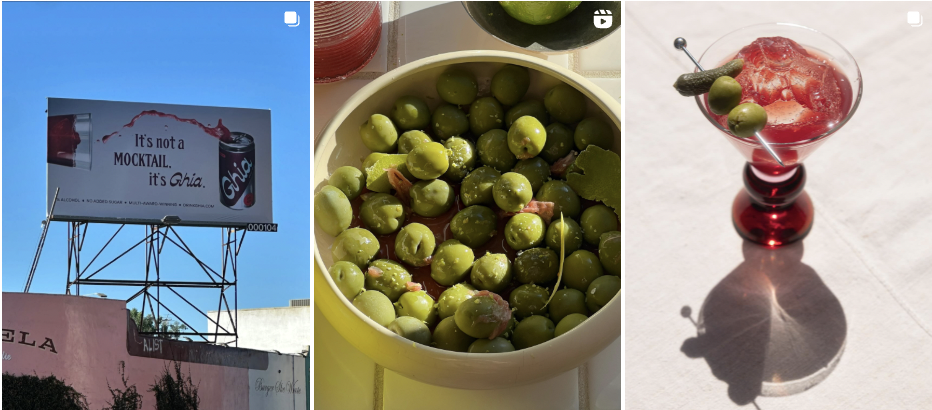

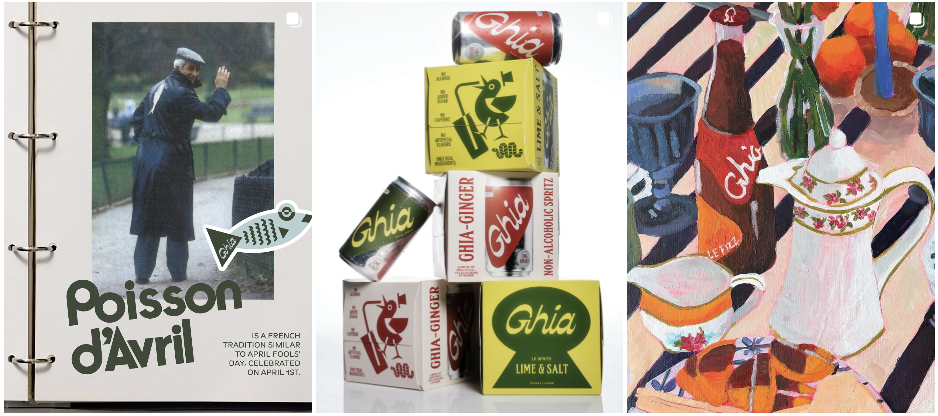



Comments